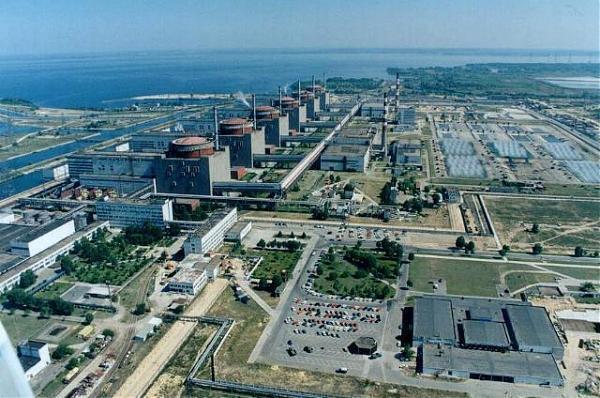

Evgeniy Maloletka/AP A nuclear plant under continuous assault Ukrainian emergency workers check the radiation level of bus passengers during training in Zaporizhzhia last month. This could then spread across borders and continents with the wind, rivers and currents, and come down in hotspots in rain and snow. The radioactive release could possibly be at Chernobyl-scale or even larger amounts if multiple reactors and spent fuel ponds were involved. Large amounts of radioactive gases and aerosols would be released into the environment, potentially explosively. The melting reactor core would then collapse onto the floor inside its steel primary containment vessel and melt through to the floor of the building.

His study makes clear that a military attack on a reactor or spent fuel pond could release more radioactivity – and longer-lasting radioactivity – than even a large (megaton range) nuclear weapon.Īs nuclear physicist Edwin Lyman makes clear, if the Zaporizhzhia reactor cooling was interrupted, there might be a day or two before the spent fuel began to overheat and degrade. The radioactivity released from damaged spent fuel ponds could be even greater than from a meltdown at the reactor itself, he wrote. In a pressurised water reactor, the meltdown of the core could occur within less than one minute after the loss of coolant. In his classic 1981 book Nuclear Radiation in Warfare, Nobel Peace Prize-winning physicist Joseph Rotblat documented how More than 70% of the total radioactivity at the Fukushima power plant was in the spent fuel ponds, which have none of the carefully engineered containment layers that reactors typically have. The world saw in dramatic fashion in Fukushima, Japan, in 2011 what can happen when continuous, active cooling of nuclear reactors is disrupted. Kakhovka dam breach raises risk for Zaporizhzhia nuclear plant – receding waters narrow options for cooling That is why when fuel is removed from a reactor, it still requires continuous, active cooling for years. The longer the fuel is inside a nuclear reactor, the more radioactive it becomes. The fuel inside nuclear reactors needs continuous, active cooling for many months after a reactor shutdown because of the heat that continues to be produced by the decay of hundreds of different fission products. Extensive maintenance work on the reactors is overdue. The Ukrainian nuclear regulator ordered a cold shutdown of this reactor last month, but this has not happened. The sixth was maintained in hot shutdown at around 200 degrees Celsius, producing steam for the plant.

Five reactors were put into cold shutdown. In September 2022, the plant was fully disconnected from the electricity grid.

During heavy combat, a fire broke out in a training facility, while other parts of the plant were damaged. Sergei Ilnitsky/EPAĬould the Ukraine dam attack pose risks to the Zaporizhzhia nuclear power plant? Experts explainīarely a week after the invasion began, Russian forces captured Zaporizhzhia. IAEA inspectors examine the spent nuclear fuel storage site at Zaporizhzhia in March 2023. In 2017, Ukraine reported there were just over 2,200 tons of highly radioactive spent fuel at Zaporizhzhia, in the spent fuel pools and dry cask storage. It also has a dry cask storage facility for spent reactor fuel when it no longer requires continuous water cooling. The plant has cooling ponds for spent nuclear fuel, which require continuous power and water (like the reactors themselves). Before the Russian invasion, Ukraine generated about half its electricity from 15 nuclear power reactors across four sites, with Zaporizhzhia generating almost half of this. The plant is Europe’s largest, built on the southern bank of the Kakhovka Reservoir on the Dnipro River, from which it draws its cooling water. The reactors are more modern than the graphite-moderated reactors at Chernobyl, and are similar to the pressurised water reactors in widespread use in the United States and Europe. Five reactors were commissioned between 1984-89, and a sixth in 1995. Construction of the Zaporizhzhia power plant began in 1981.


 0 kommentar(er)
0 kommentar(er)
